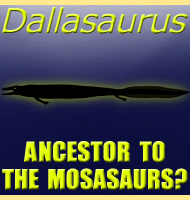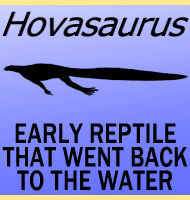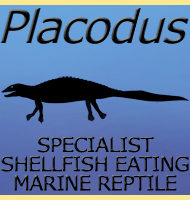


Adriosaurus
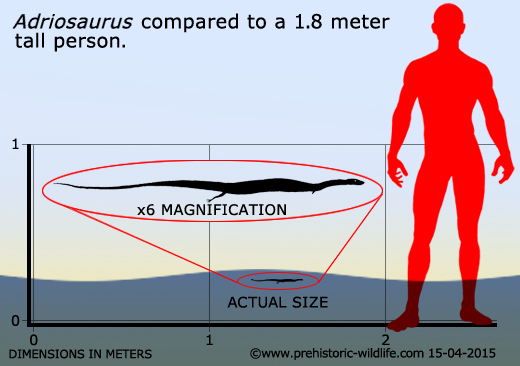
Name:
Adriosaurus.
Phonetic: A-dree-oh-sore-us.
Named By: Harry Govier Seeley - 1881.
Classification: Chordata, Reptilia,
Anguimorpha, Pythonomorpha, Ophidiomorpha.
Species: A. suessi (type),
A.
microbrachis, A. skrbinensis.
Diet: Carnivore/Piscivore.
Size: Between 25 and 30 centimetres long.
Known locations: Slovenia.
Time period: Cenomanian of the Cretaceous.
Fossil representation: Several specimens.
Adriosaurus was an aquatic lizard that is often described as being snake-like. This is because Adriosaurus had a thin elongated body similar to a snakes proportions, yet still retained small limbs. These limbs are widely thought to have been vestigial, which means that they were present yet no longer fulfilled a practical purpose and at the time of its discovery, Adriosaurus was taken as one of the first known transitional forms that showed lizards evolving into limbless snakes.
Further reading
- On remains of a small lizard from Neocomian rocks of Comen, near
Trieste, preserved in the Geological Museum of the University of
Vienna. - Quarterly Journal of the Geological Society of London
37:52-56. - H. G. Seeley - 1881.
- Vestigial forelimbs and axial elongation in a 95 million-year-old
non-snake squamate. - Journal of Vertebrate Paleontology 27 (1): 1–7. -
Alessandro Palci & Michael W. Caldwell - 2007.
- Redescription of Acteosaurus tommasinii von
Meyer, 1860, and a
discussion of evolutionary trends within the clade Ophidiomorpha. -
Journal of Vertebrate Paleontology 30 (1): 94–108. - Alessandro Palci
& Michael W. Caldwell - 2010a.
- A new species of marine ophidiomorph lizard, Adriosaurus
skrbinensis,
from the Upper Cretaceous of Slovenia. - Journal of Vertebrate
Paleontology 30 (3): 747–755. - Michael W. Caldwell &
Alessandro Palci - 2010b.
----------------------------------------------------------------------------
Random favourites
 |
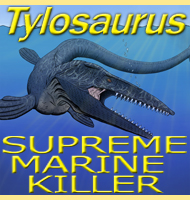 |
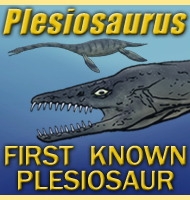 |
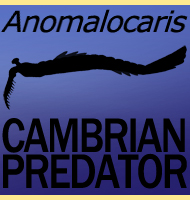 |

